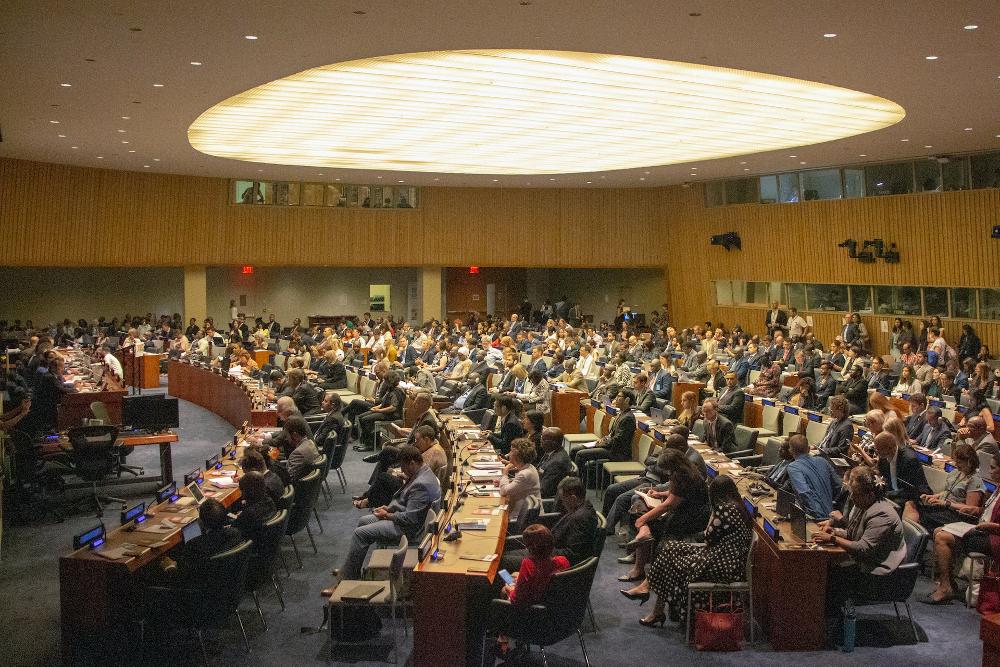The compendium serves as a public resource capturing, in a single place, the history of institutional and programmatic gender mainstreaming efforts in health spanning five United Nations agencies, namely UNAIDS, UNDP, UNFPA, UNICEF, WHO.
- An overview of the history of gender mainstreaming efforts in health within selected agencies to be used for further analyses, to build institutional memory, and provide a deeper understanding of historical and contextual factors that affect and shape gender mainstreaming in organisational settings.
- Read about each agency’s organisational context, a historical account of its gender strategies and policies, and its current status regarding gender parity, gender architecture, resource allocation and accountability mechanisms.
The United Nations University International Institute on Global Health (UNU-IIGH) led and co-produced with partners the “What Works in Gender and Health in the UN” report which analysed lessons learned from 14 successful cases across five UN agencies working in global health. The project set out to understand what worked, where, for whom, why and how, to promote gender equality in health, institutionally and programmatically.
This compendium complements the What Works Report and makes public the extensive background research on the history of gender mainstreaming efforts across the five agencies. The compendium is very much intended as a resource for others to utilise – either to support knowledge management and consolidation of institutional memory on gender mainstreaming efforts or as a resource for further analysis by researchers and others. Indeed, a strength of the compendium is the compilation of evidence– drawn from a wide range of disparate and fragmented publicly available sources – documenting the sustained efforts over the last few decades to advance gender-equitable institutional norms, policies and programmes within the UN system.
This compendium reveals a snapshot history of gender mainstreaming within the agencies, looking at the modest advances and setbacks experienced. It is not a comprehensive account of the history of gender mainstreaming in the agencies, nor is it meant to provide a comparative picture of the five agencies.
Although each agency has distinguishing features, based on their collective histories the following lessons can be leveraged to advance gender equality in health:
- Invest in high quality gender experts who are strategically positioned at headquarters, regional and country level. It is critical that these positions be core-funded to ensure sustainability.
- Secure well-crafted organisational mandates that include objectives for institutional and programmatic gender mainstreaming and institutional structures for governance and coordination of implementation. This should be combined with monitoring and evaluation indicators and expenditure tracking.
- Sustain robust, internal and external accountability mechanisms to enforce answerability.





